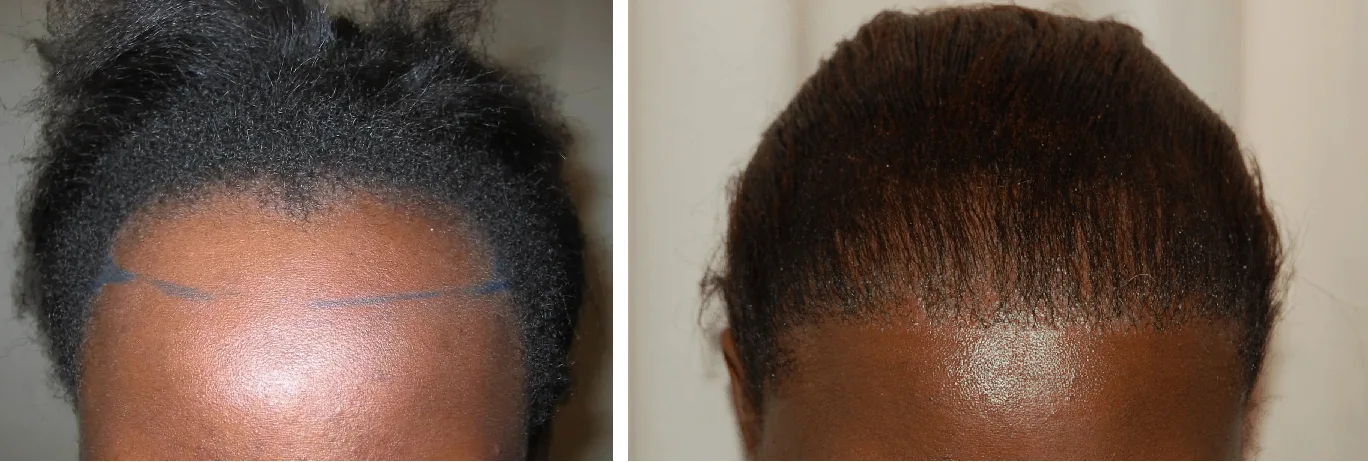You may have seen a brown spot on your tooth, experienced extreme tooth sensitivity or have heard your dentist say that you have a cavity during your routine dental check-up – don’t despair!
Cavities are quite common and are caused by bacteria in your mouth feeding on sugars and starch from what you eat or drink throughout your day. If you don’t brush and floss thoroughly on a daily basis, decay can spread on multiple teeth, and you’ll end up seeing your dentist more often than it is necessary!
Tooth cavity treatment is part of the regular routine that goes on in a dental clinic. Your dentist basically removes the decayed part of your tooth and plugs the space with a ‘filling’ material, smoothening it out so you can speak and chew properly.
A small cavity is usually easy and quick to fix. However, if you leave it untreated for a while (because you have no symptoms), the cavity will eventually infect the nerve, resulting in more severe tooth pain and not to mention, an extensive and pricey treatment plan.
What are the dental filling types available?
There are different types of dental fillings that are meant to prevent the tooth from further decay and breakage, as well as to have you chew with your teeth comfortably. In order to determine the type of filling that works best for you, your dentist will need to determine the extent and size of the decay and the tooth location (molar vs incisor).
After this is done, your dentist will then present you with suitable treatment plan options (covering type and cost of filling type) so you are able to make an informed decision about your treatment.
Here is what you need to know about dental fillings for your teeth, so you can understand what your options really are:
1. Amalgam (Silver) Fillings
This type of filling has been used for over a century on back teeth or molars. Dental amalgam is a material made from a combination of different metals, such as mercury, tin, copper, and silver. It is a durable filling type that can last a long time but is not an esthetic option and can even discolor adjacent teeth or cause microcracks or fractures.
After your dentist removes the decay, the amalgam putty is molded onto the affected area as it hardens quickly, making it solid enough to be able to chew on it.
There has been quite a concern regarding the toxic effects of mercury found in amalgam fillings, and therefore are no longer being offered as a treatment option in various clinics.
2. Composite (White) Fillings
Composite fillings are being used today on a routine basis and are the preferred choice by patients. The filling resin color can be matched to the shade of your tooth, making it almost invisible. Your dentist begins by cleaning out the decay and then placing a semi-solid resin into the cavity area. By using a bright blue ‘curing’ light, the resin properties change and harden, making it possible to chew on that tooth.
Over the years, composite fillings have become more durable and can chemically bond well with the existing tooth structure, offering more support than before. On the other hand, compared to amalgam fillings, they can require more chair time at the dentist due to their esthetic properties.
3. Gold Fillings
Gold fillings are rarely offered today, despite being strong, durable, and ‘prettier’ than silver fillings. Apart from their visible color, they require significant precision and may need multiple visits.
4. Ceramic Tooth Fillings
When compared to the filling options mentioned above, this type stands out as the most favorable type. It is usually made of porcelain and is both aesthetically attractive and long-lasting. It is also highly resistant to abrasion and staining, making it a great option to restore back teeth. The process usually requires 2 dental visits, as the porcelain ‘onlay’ or ‘inlay’ are fabricated in a dental laboratory, custom fit to your tooth dimensions.
5. Glass Ionomer Fillings
This type of material has the shortest lifespan and is only used in specific situations – mostly in baby teeth or in cavities that are close to the gum line. What makes it different from the other filling types is that it releases fluoride, preventing the affected tooth from getting decay again – especially in those hard-to-clean tooth surfaces near the gum level. However, it is highly prone to cracks, wear, and tear and is not very good at matching the tooth shade.
So which type is for me?
Your best option is to visit your dentist and talk to them to see which filling option is best for you. It often depends on your overall oral health, your aesthetic expectations, the cavity size, and whether it’s a front or back tooth.
At Clinic Effect, a consultation with a dentist will help you determine the most suitable treatment plan for your specific dental needs. And don’t forget, the general recommendation is to see your dentist twice a year for an oral health evaluation to monitor for any signs of decay. If caught small, it’ll be much easier to treat and restore that tooth to its healthy state.




